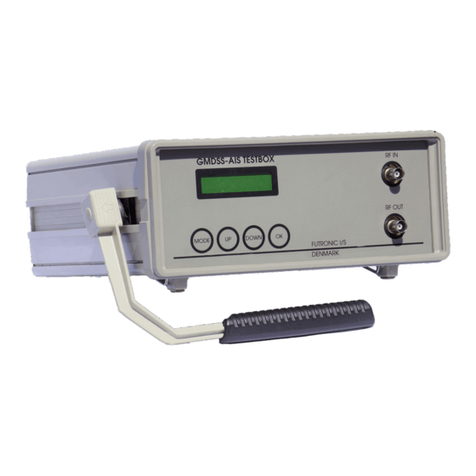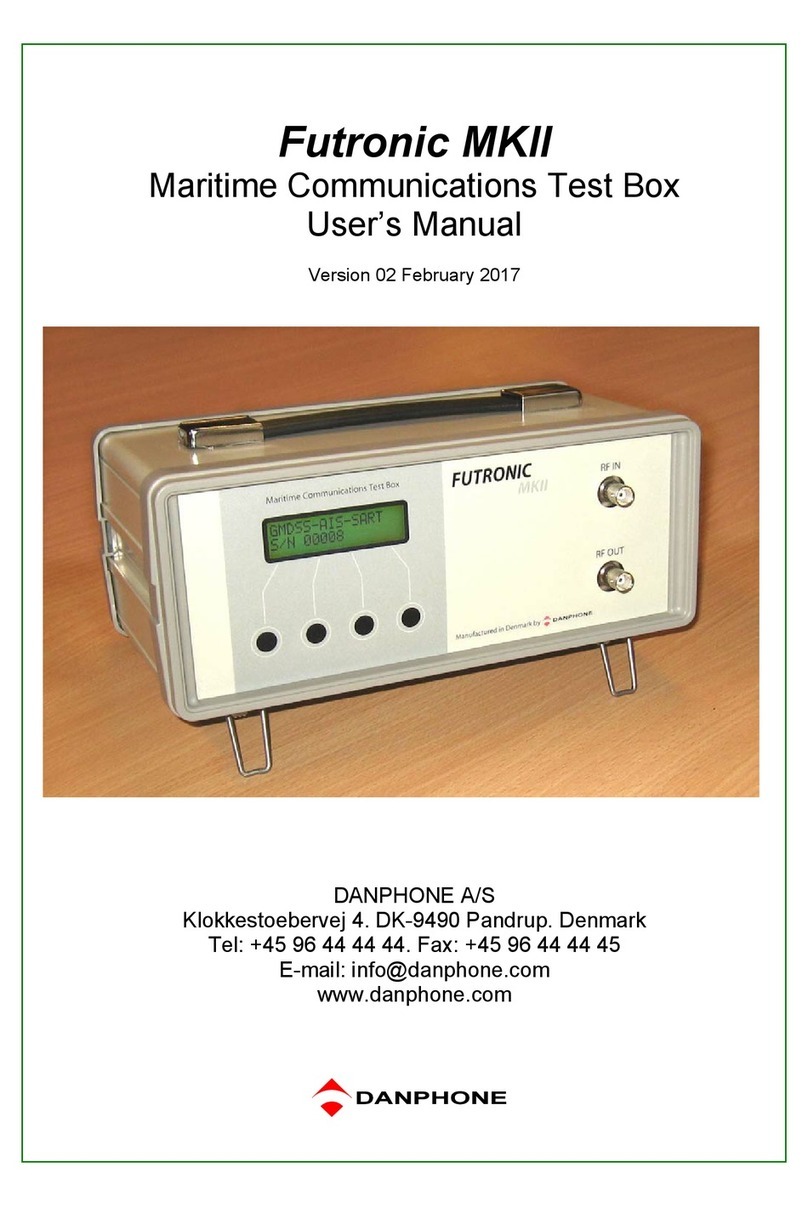TABLE OF CONTENTS
SCROLL MENU SYSTEM - QUICK GUIDE ...........................................................................1
INTRODUCTION....................................................................................................................3
TEST BOX.............................................................................................................................6
Front View..........................................................................................................................6
Rear View...........................................................................................................................6
ACCESSORIES.....................................................................................................................7
POWER SUPPLY ..................................................................................................................8
POWER-ON AND WARM-UP................................................................................................8
PUSH BUTTON CONTROL AND MENU SYSTEM................................................................8
MENU TREE..........................................................................................................................9
REMOTE CONTROL ...........................................................................................................13
EDIT SHIP’S MMSI ..............................................................................................................13
RADIO TESTS.....................................................................................................................15
VHF Radios......................................................................................................................15
Receive DSC................................................................................................................15
Receive DSC sele ........................................................................................................16
Send DSC ....................................................................................................................17
Send custom DSC........................................................................................................19
Receive ATIS................................................................................................................20
VHF power test.............................................................................................................20
VHF Frequency test......................................................................................................21
FM Deviation ................................................................................................................23
AM / 123.1 MHz...........................................................................................................24
Signal level...................................................................................................................24
Test sensitivity..............................................................................................................25
MF/HF Radios..................................................................................................................27
Receive DSC................................................................................................................27
Simultaneous MF/HF power test...................................................................................28
Send DSC ....................................................................................................................29
Send custom DSC........................................................................................................32
Signal level...................................................................................................................33
Test Sensitivity .............................................................................................................33
TELEX test...................................................................................................................33
MF/HF Power test.........................................................................................................34
NAVTEX TESTS ..................................................................................................................36
AIS TRANSPONDER TESTS...............................................................................................38
Receive AIS sele..........................................................................................................40
Receive AIS..................................................................................................................41
AIS auto test.................................................................................................................41
Receive AIS loop..........................................................................................................42
Receive Message 21 (AtoN).........................................................................................43
Poll info CH70...............................................................................................................43
Request Message 5 (Class A)......................................................................................44
Request Message 11 (UTC).........................................................................................44
Request Message 24 (Class B) ....................................................................................45
Send AIS message.......................................................................................................46






























